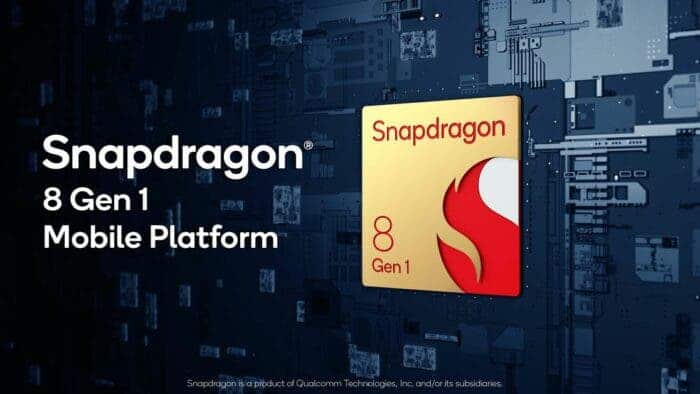As expected, today’s November 30th, Qualcomm’s Snapdragon Tech Summit served to introduce the company’s next big thing for the flagship smartphone segment – the Snapdragon 8 Gen1. Also as expected, the company’s flagship lineup is being rebranded. Instead of a Snapdragon 898 SoC, the new SoC carries Snapdragon 8 Gen1 moniker. It brings several improvements across the board as well as some innovation. It switches previous standards to the new ARMv9 instruction set. The new chip also uses the new ground-breaking 4 nm architecture. The announcement also confirms that the first commercially available smartphones with the new chip will come out before the end of the year.
The new nomenclature has a digit for class – 8 for the flagship, and the second one for the generation. It is Qualcomm’s first flagship based on the 4 nm architecture and also the first to use ARMv9 cores.
Snapdragon 8 Gen1 technical specs
The CPU keeps the three-cluster design and is perfectly in line with the previous leaks. There is a Prime Core with an ARM Cortex-X2 core with a 3.0 GHz clock speed. There are also three “supporting” performance cores based on the newer ARM Cortex-A710 standard. Those will run at 2.5 GHz. Finally, we have four efficiency cores that will also sport the new ARM Cortex-A510 standard running at 1.8 GHz.
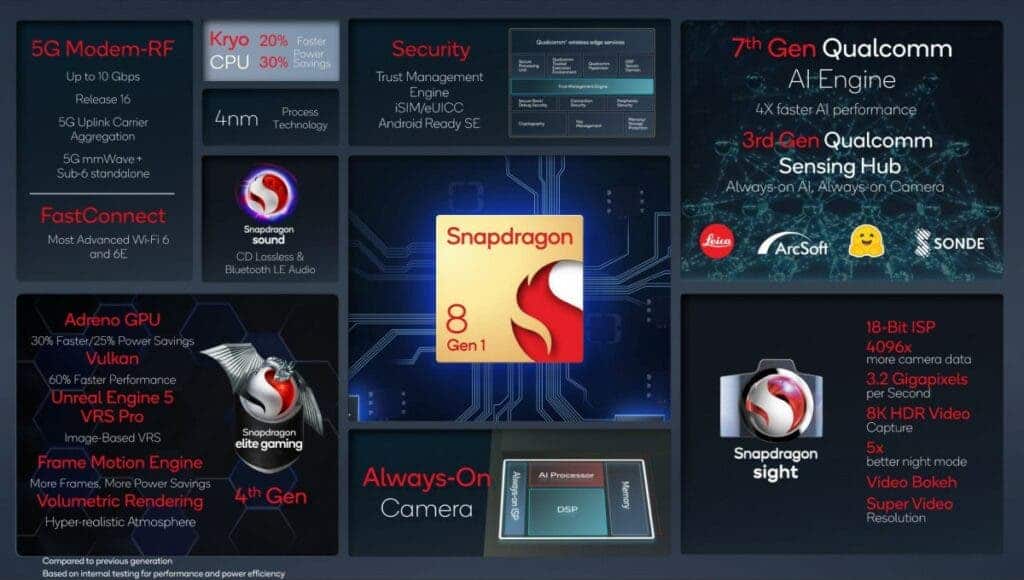
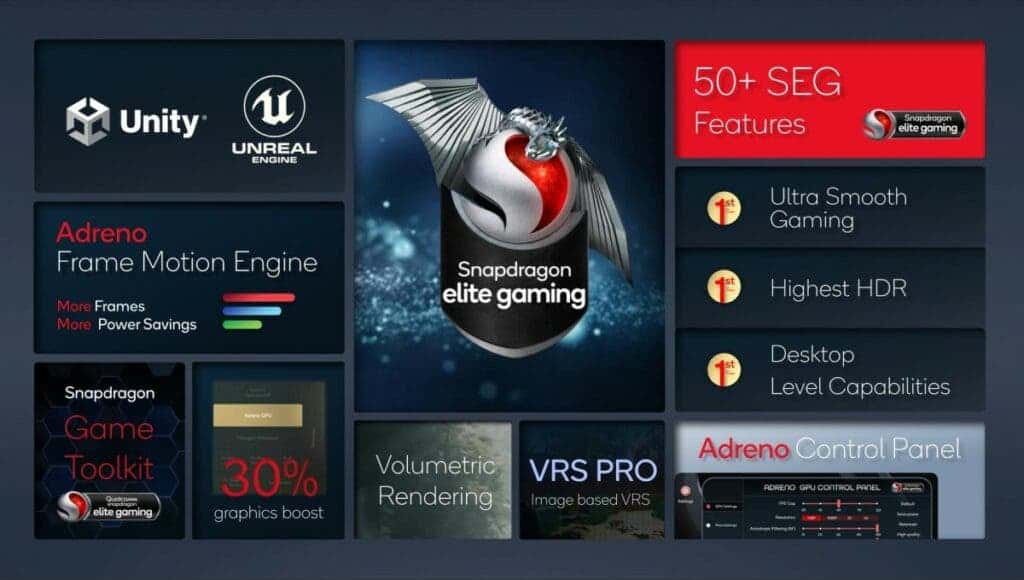
Overall, the new CPU will be 20 percent faster than the one in the Qualcomm Snapdragon 888. It will also reduce power usage by up to 30 percent. That certainly is a significant upgrade. The upcoming Xiaomi 12, for example, will be 20 percent faster than its predecessor.
New Adreno GPU with significant upgrades
Now the next big thing is on the GPU part. The new chipset introduced the new Adreno 730 GPU with a 30 percent performance boost and up to 25 power-saving thanks to its new architecture. Qualcomm developed three Elite Gaming features, one of which will allow developers to strike a balance between performance and power efficiency. The Adreno Frame Motion Engine allows the GPU to render a game at double the frame rate while using the same amount of power. Alternatively, it can keep the FPS the same while cutting power draw by half.
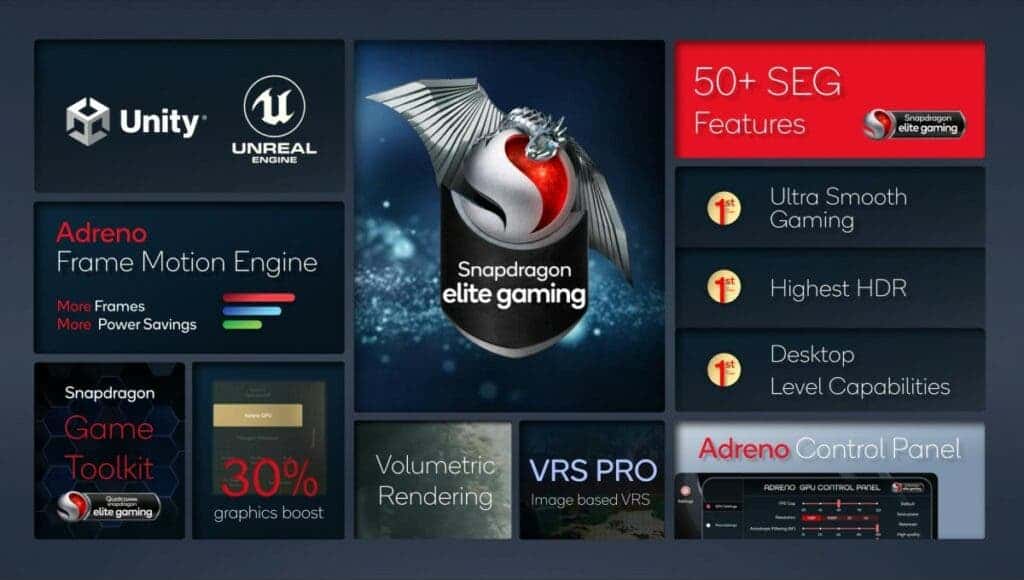
The set of new features also include desktop-class volumetric rendering. It is used for dramatic lighting effects, the god rays that level designers seem to love so much. Also new is Variable Rate Shading Pro, an image-based VRS that should streamline the integration of VRS into more games. According to the chipmaker, there are already many partnerships with solid game developers to extract the best of the new hardware.
Connectivity, Media, and Security
The Snapdragon 8 Gen 1 brings an integrated X65 5G modem. It offers support for both sub-6 and mmWave operations. It can deliver theoretical peak speeds of 10 Gbps. For the first time, it also supports carrier aggregation for the uplink.
Local connectivity enjoys Wi-Fi 6 and 6E support, plus improvements to Bluetooth. The new chip is capable of streaming CD Lossless Audio over Bluetooth LE. It also supports Bluetooth LE Audio. It also offers support for Stereo recording along with voice-back channels.
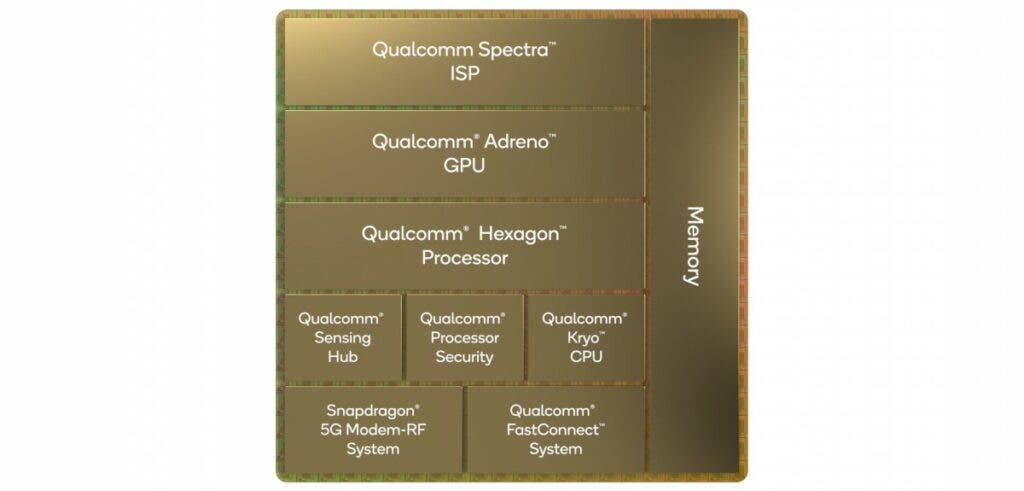
Qualcomm also ensures top-notch security with its new flagship SoC. There is a new Trust Management Engine. It will sit below the hypervisor standard. The new Engine will remain secure even if the security zones above it are compromised.
When to expect the first smartphones with Snapdragon 8 Gen1 to arrive?
The leaks are already intensifying on upcoming flagships with Snapdragon 8 Gen 1 devices. According to reports, Xiaomi and Motorola are fighting to see which one will be the first to disclose a flagship with this chip. In the next year, most of the mainstream companies will likely launch flagships with Snapdragon 8 Gen1.

